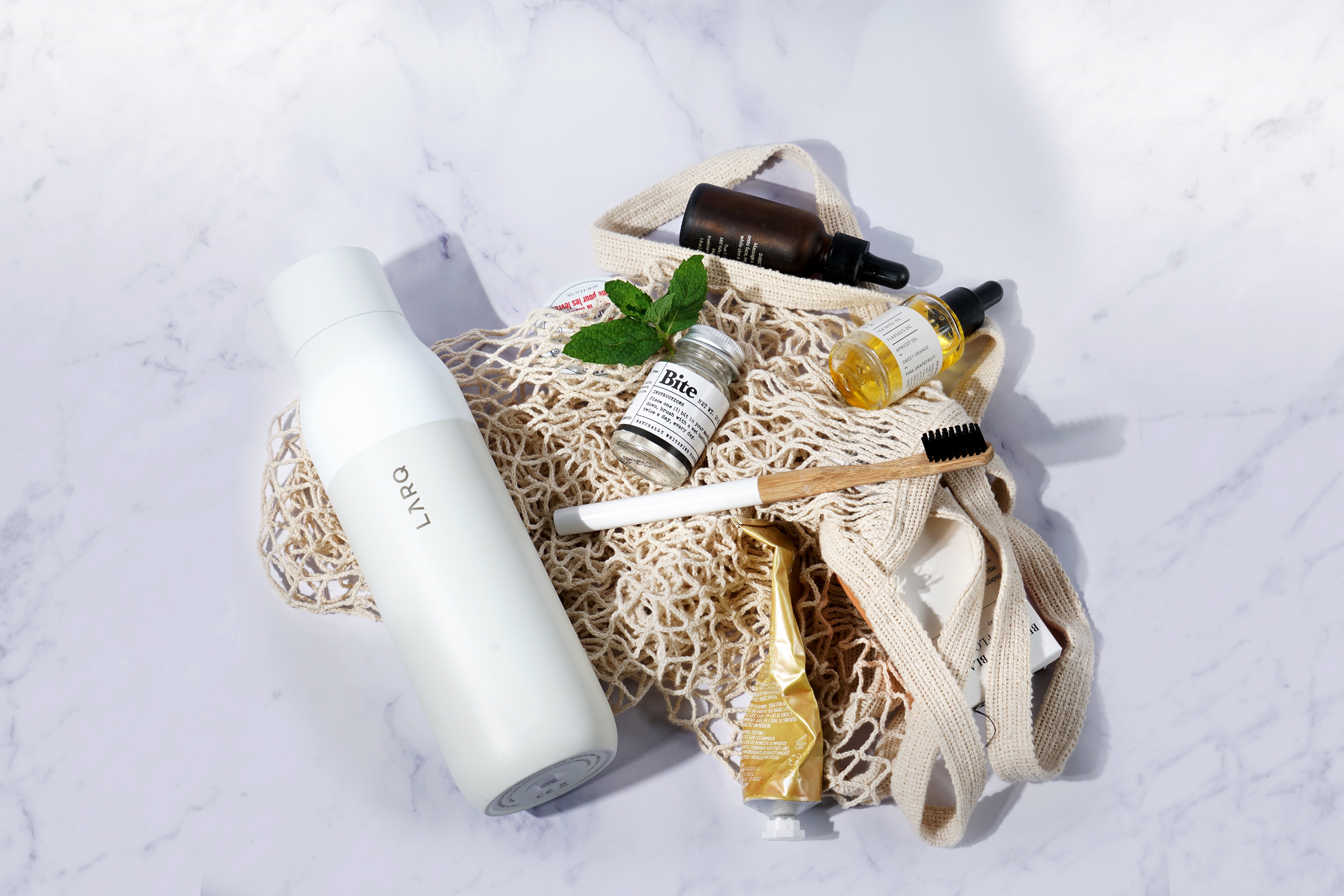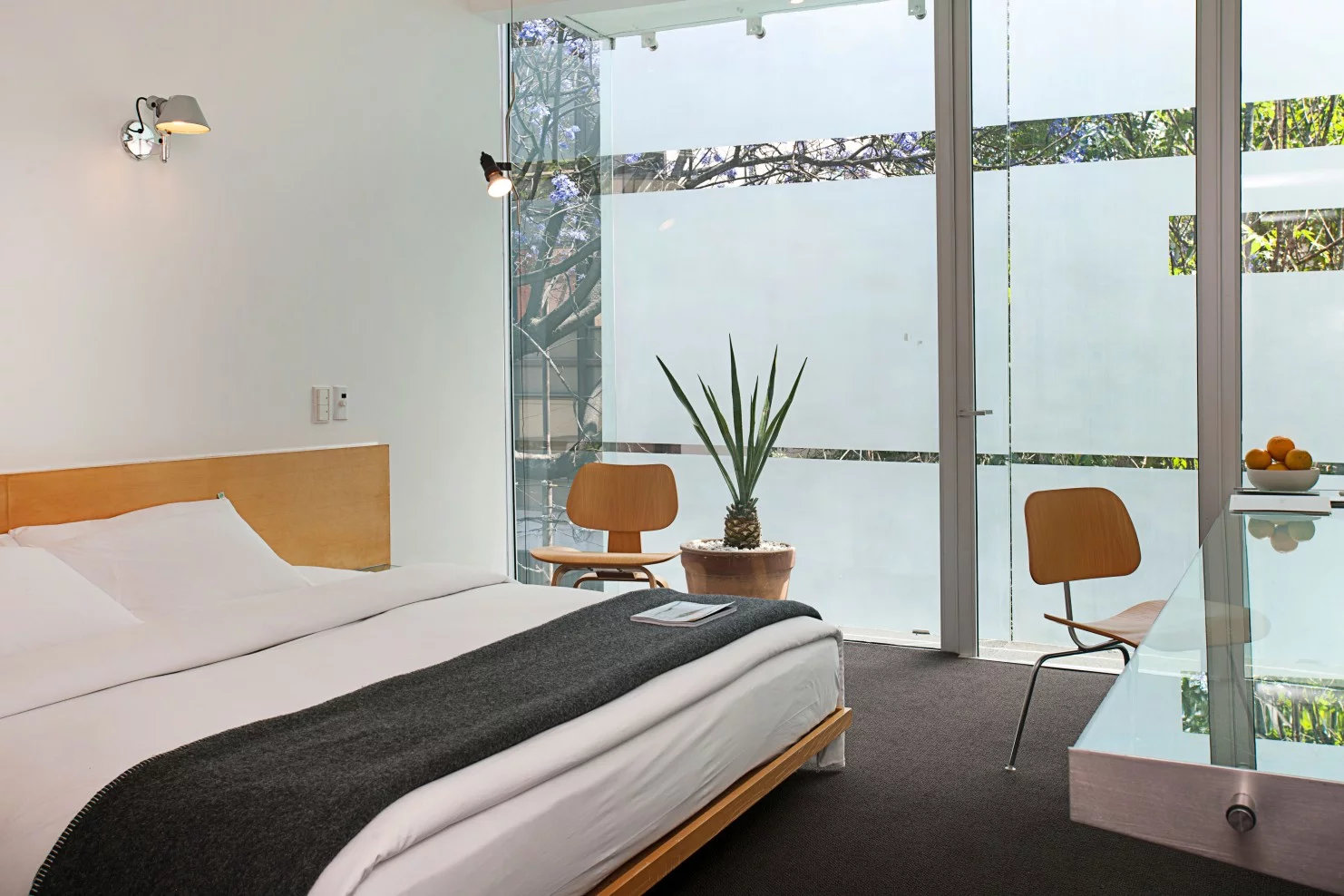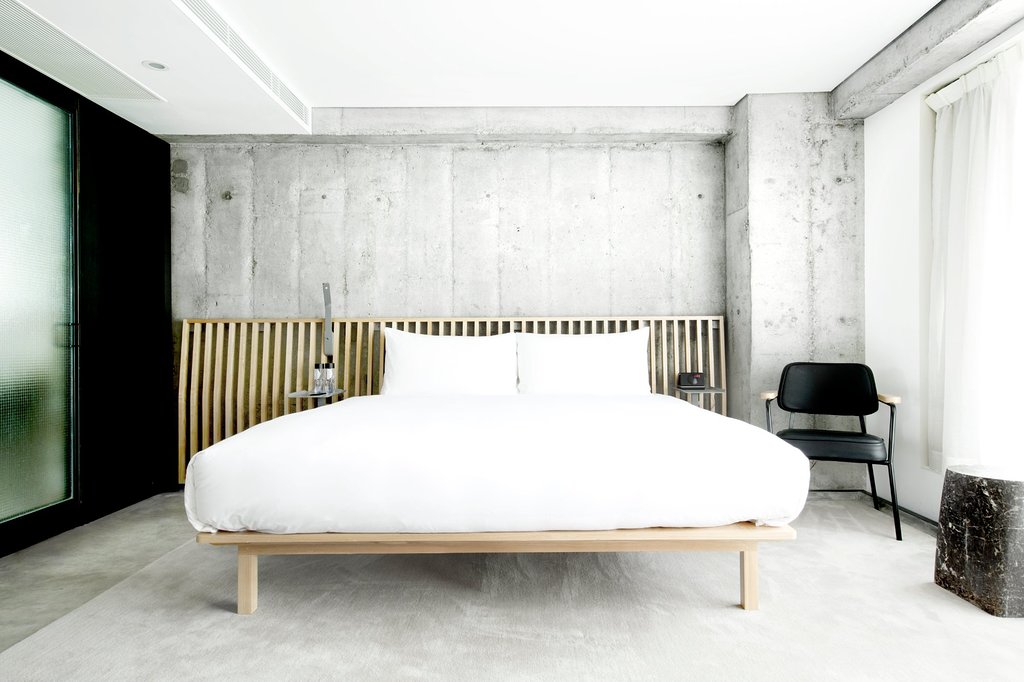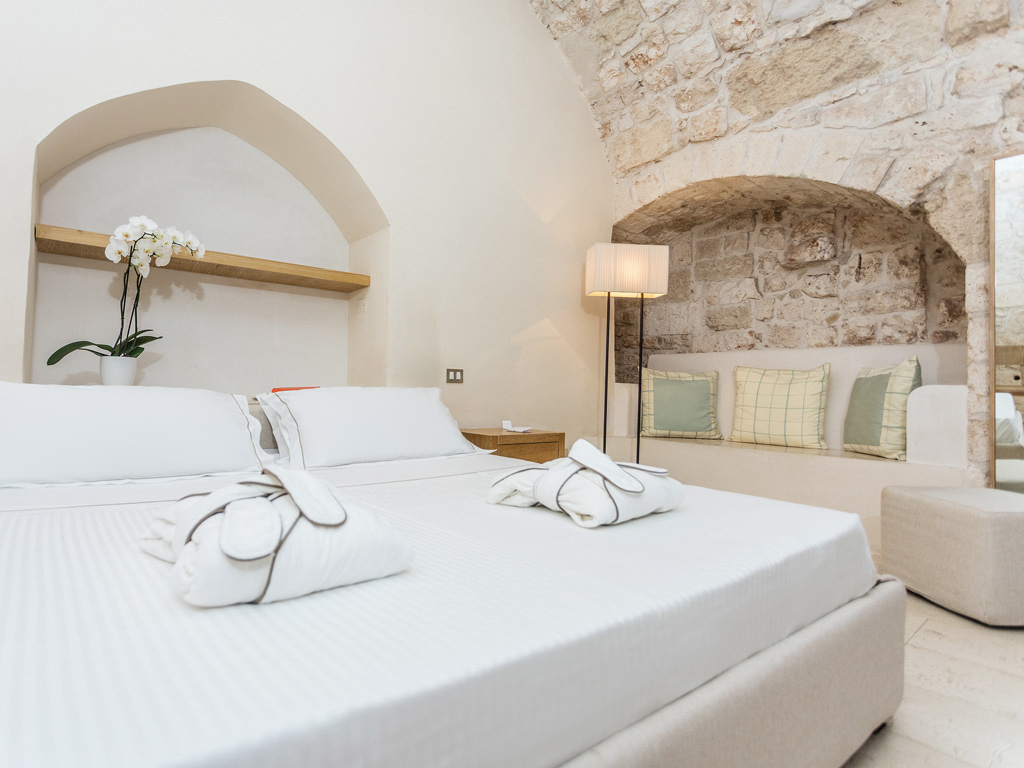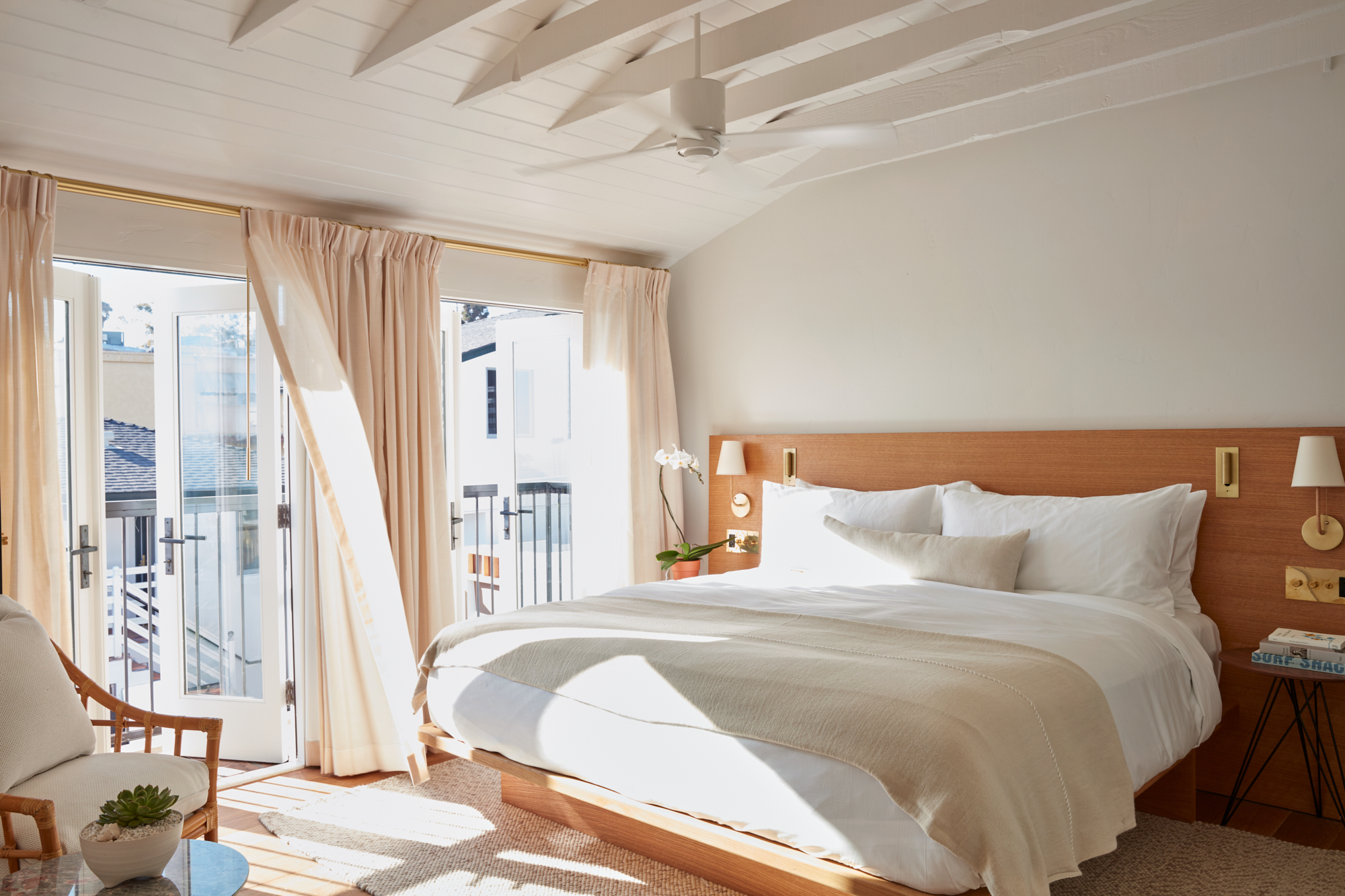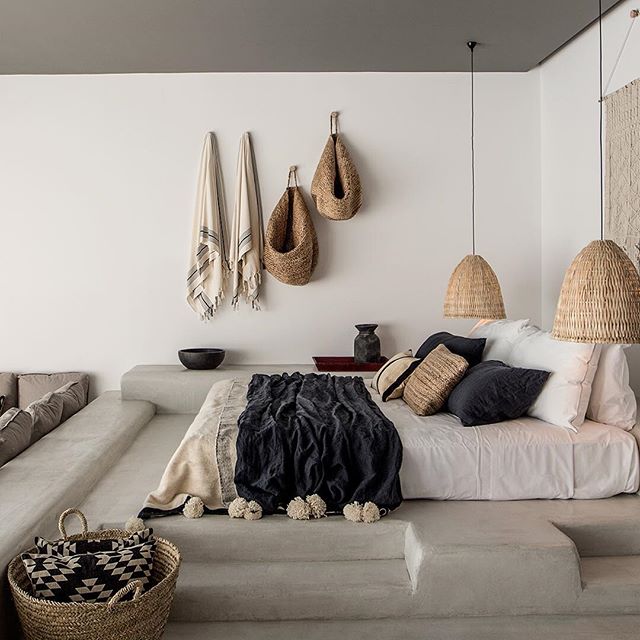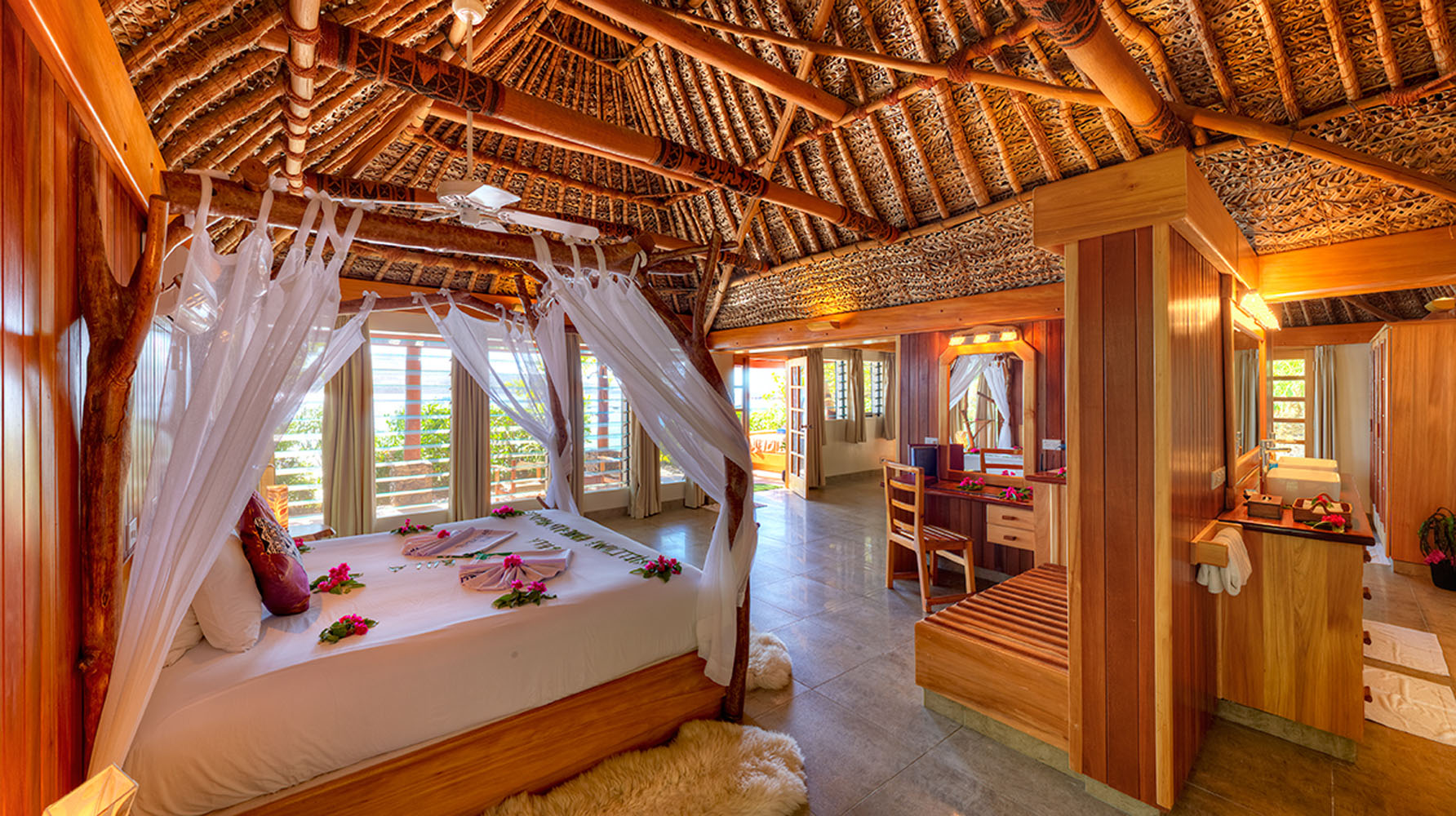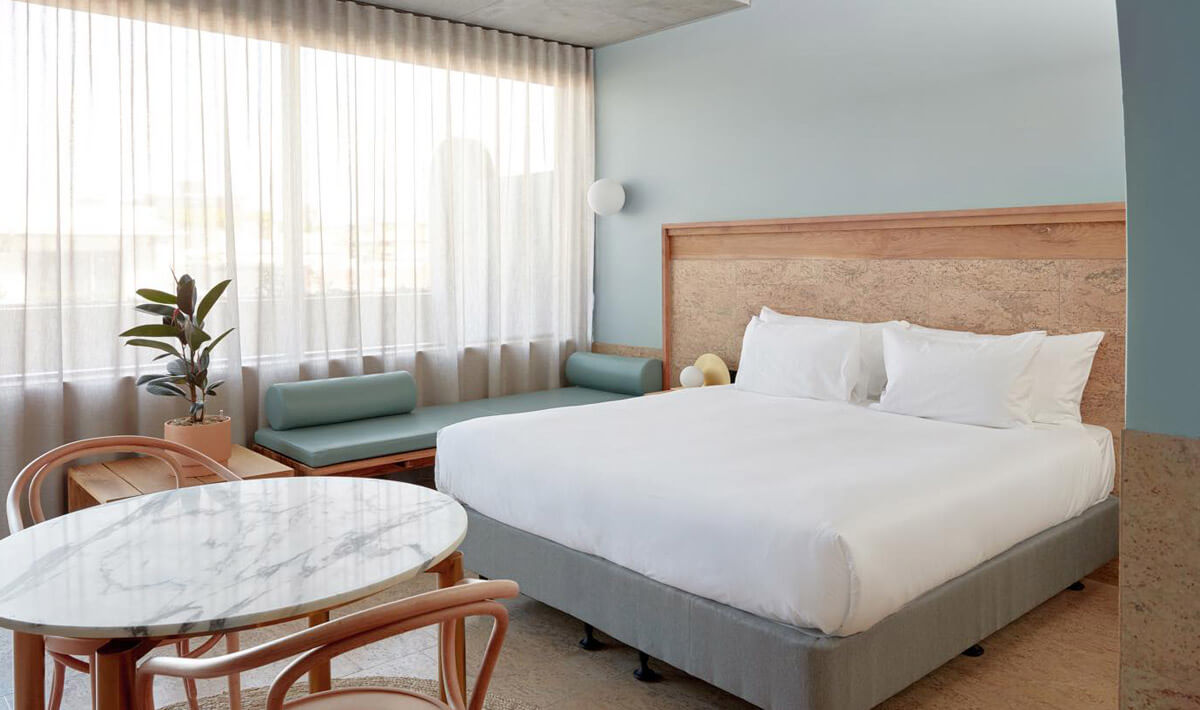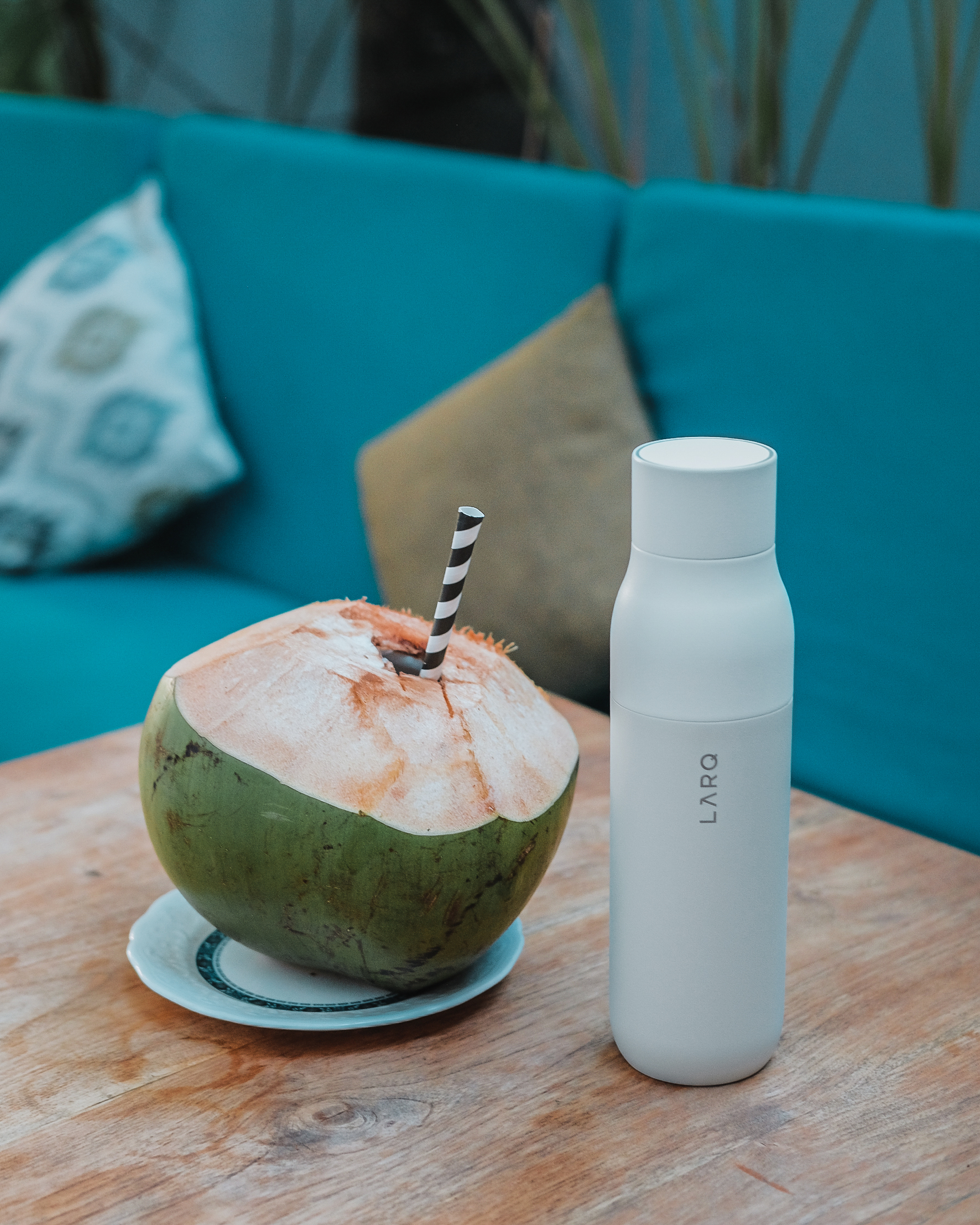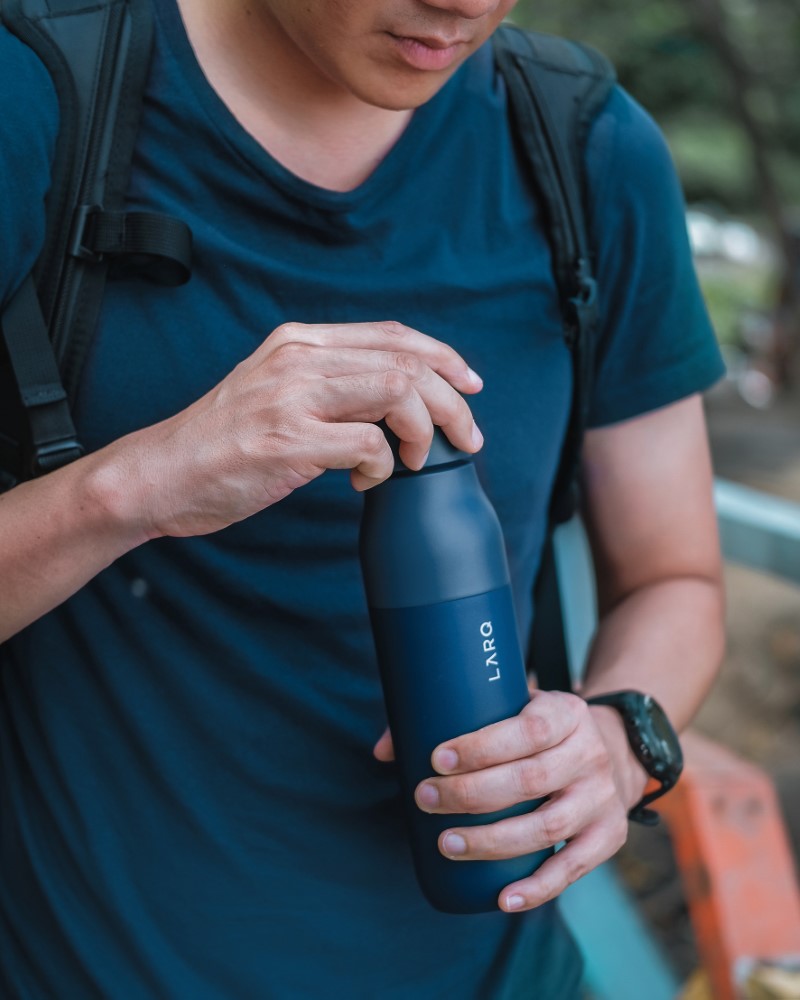If you’re struggling with travel anxiety, know that you’re not alone! In fact, it’s totally normal and you’re probably better off than people who aren’t stressed at all. If the type of anxiety you are dealing with is related to running late, forgetting things, navigating foreign countries, not knowing the right language, or even aerophobia (fear of flying), you might want to try these simple hacks that will help you overcome them.
What to do if you’re worried about being late for your flight:
- Estimate your time of arrival days before your trip. Google Maps is pretty accurate when it comes to estimating the time it takes you to get from one destination to another. Select the date and time you are planning to arrive at the airport and it’ll give you an estimated time it would take to get there. To be extra careful you can even add 10-15 minutes to the longest duration.
- Make a list – and check it twice or thrice. A packing list is absolutely essential when it comes to reducing anxiety, saving time, and remembering to bring everything you need. Organize the list by clothing, toiletries, electronics and chargers, documents and in-flight essentials. It’ll help you split up the packing process too.
- Start packing days in advance in smaller increments. By packing earlier and gradually over a few days before your trip, you reduce your anxiety on the day you travel and are less likely to feel frazzled or forget something.
- Set alarms. Use that alarm setting in your phone to set benchmarks for getting ready before you leave. Set alarms for waking up (of course), when you should be done getting showered and dressed, when you should be finished packing any last minute things, when you have 30 minutes left to leave the house, 20-min, 10-min–you get it. The trick here is to set alarms where you normally would lose track of time. This will give you peace of mind so you don’t have to constantly check the clock until the alarm rings. Just don’t forget to change the alarm tone to something that isn’t so…well, alarming.
What to do if you’re having anxiety about forgetting something:
- Here’s where that packing list comes in handy again. We’d recommend keeping a digital copy of your packing list on the notepad of your phone (if that’s something you always have on you), or even a paper copy that you can stick on your suitcase until it’s time to leave. You can check each item off with an emoji once it’s packed so it’s easy to see at a glance what’s left. Hold onto it until you’re back home from your trip. It’s also helpful to have with you packing for the trip home–just use a different emoji to check things off this time around.
- Ever do the wallet, keys, phone pat-down? We all have, but when you’re traveling sometimes you have a little more to remember. Use pouches or packing cubes to make finding things easier, and therefore easier to remember. If you’re putting everything back in its place immediately after using it, you’ll only need to remember the pouches and not each individual item. Organization is your friend!
- Put everything back exactly where you had it and you’ll never really lose anything. I can’t make any guarantees against theft, but this way you’ll know exactly where everything is. When you use a lip balm and then toss it onto the bed in your hotel room, you’re probably not going to see it ever again. Things roll, drop, and slide into crevices–make sure you’re not a victim to this!
- Have an area dedicated for your belongings–just ONE. For some, it can be the bench at the foot of your hotel bed or even the dresser. Just remember to try to keep all your things in the same vicinity to avoid things getting left behind or lost. If you use the dresser but still keep stuff in your suitcase, keep the suitcase close to the dresser. Having all your belongings strewn all over the room makes it a whole lot harder to find anything.
How to cope with a fear of flying:
- Noise-canceling headphones are amazing if the noises and sounds of the airplane make you anxious, plus some good music. Drown the noise out, turn up the volume if you need to, and try to focus on something like a book or a movie.
- Meditation is a great way to help you clear your mind of negative thoughts you may be having when a plane is taking off or having a bit of turbulence. You can utilize apps now to practice meditating so that by the time you have a flight, you’ll know exactly how to calm your nerves.
- Ditch the coffee, tea or alcohol and drink water instead. Caffeine will make your heart rate increase which will amplify your anxiety. Opt for water instead, which is better anyway since proper hydration helps prevent jet lag. In fact, you should be drinking 6-8oz of water per hour of flight to deter jet lag symptoms. Don’t forget to take your LARQ Bottle with you so you have water on you at all times. Fill it up at the airport after passing TSA and press the button to allow the UV-C LED to purify your water from any bacteria and viruses. You don’t want to get sick right before a trip!
- Positive affirmations will go a long way. Before your flight, think about everything that you may experience, what your triggers are, and plan rational responses to these triggers. If you’re afraid of turbulence because it might signal that the plane is going to go down, it may be helpful to look up statistics of the likelihood of this and remind yourself during the flight. Turbulence is actually really common and is caused by air masses above mountains, jet streams, and storms!
- Choose a seat closer to the front of the plane. The seats in the back experience stronger effects of turbulence than the front. No matter where you’re seated, tell your flight attendant that you have anxiety or a fear of flying and oftentimes they will come by to check on you to make sure you’re okay.
- Having someone with you is another great way to combat aerophobia. An experienced flyer will naturally be more relaxed, so those relaxed feelings may help you feel more at ease. It may sound cheesy, but having someone hold your hand or reaffirm to you that everything that is happening in the plane is normal and fine will help you overcome your anxiety and make the journey more enjoyable.
What to do if you’re anxious about navigating a foreign destination:
- Download a map on your phone as an image or on Google Maps. Even if you don’t have cellular data service abroad–or worried about spotty service at inconvenient times–you’ll be able to access these and can reference them when you are asking for directions from locals. You can even mark important places on the map like your hotel, the airport, and other destinations you will be visiting.
- Research, research, research. Look into the main modes of transportation (Uber and Lyft aren’t available in every country)–sometimes the easiest ways to travel within a city is by public transportation by way of subway systems, buses, or trains. There’s an abundance of resources you can find that will explain how these transportation systems work so you can feel a little more at ease when it comes time to put that knowledge to use.
- Learn a few key phrases in the language. Articles, Google Translate, Youtube videos–all are great places to quickly learn a new phrase in a different language and basics to get you by. And hey, if you’ve got a few months before your trip you can even hop on Duolingo to learn more! Jot them down in your phone so you have them written down or can even show them to locals to get by.
If you want to travel, don’t let anxiety prevent you from doing so! Be empowered to overcome your anxiety and take things one step at a time.
